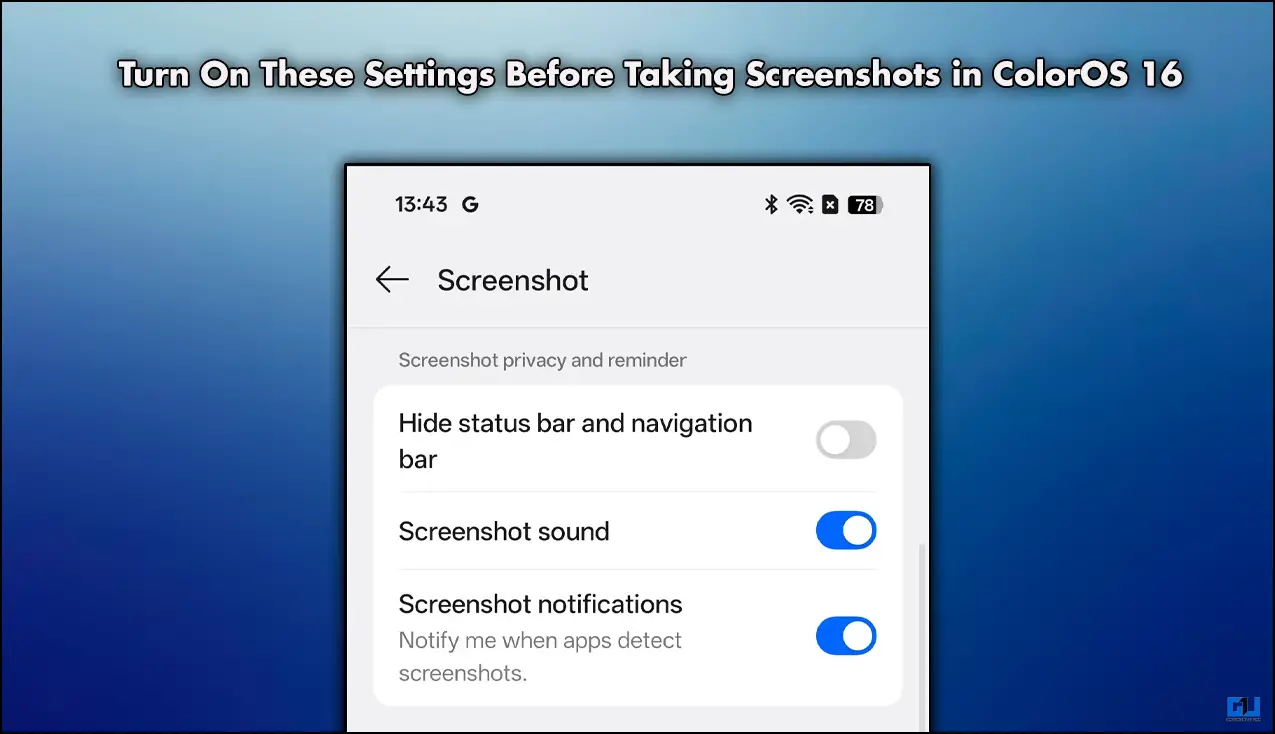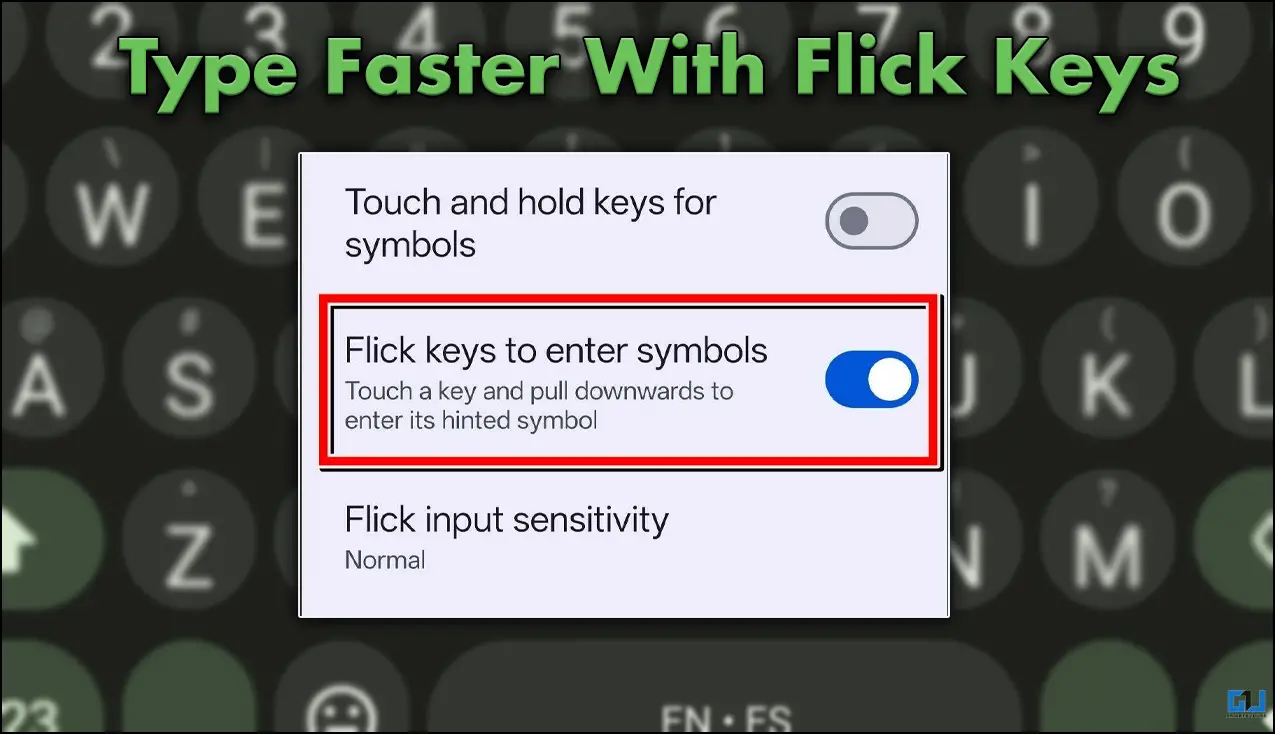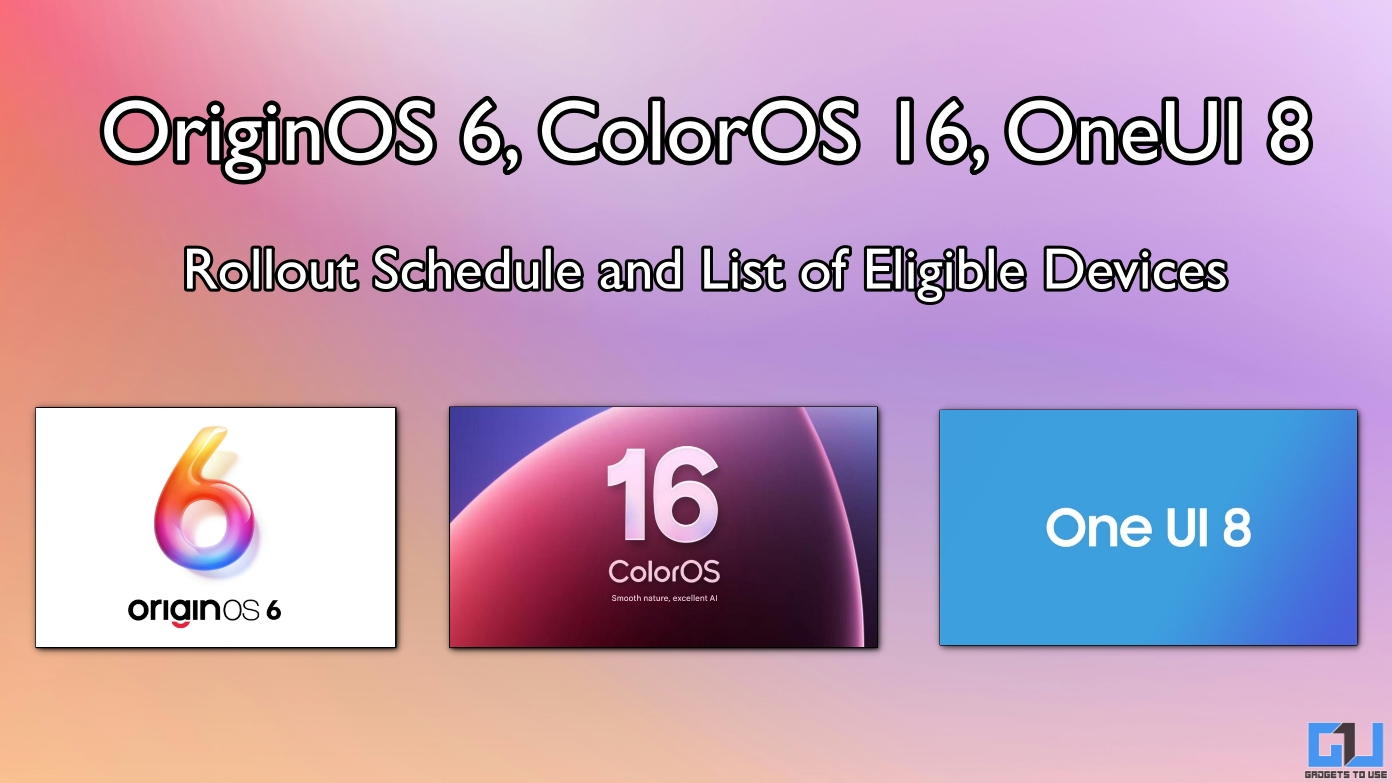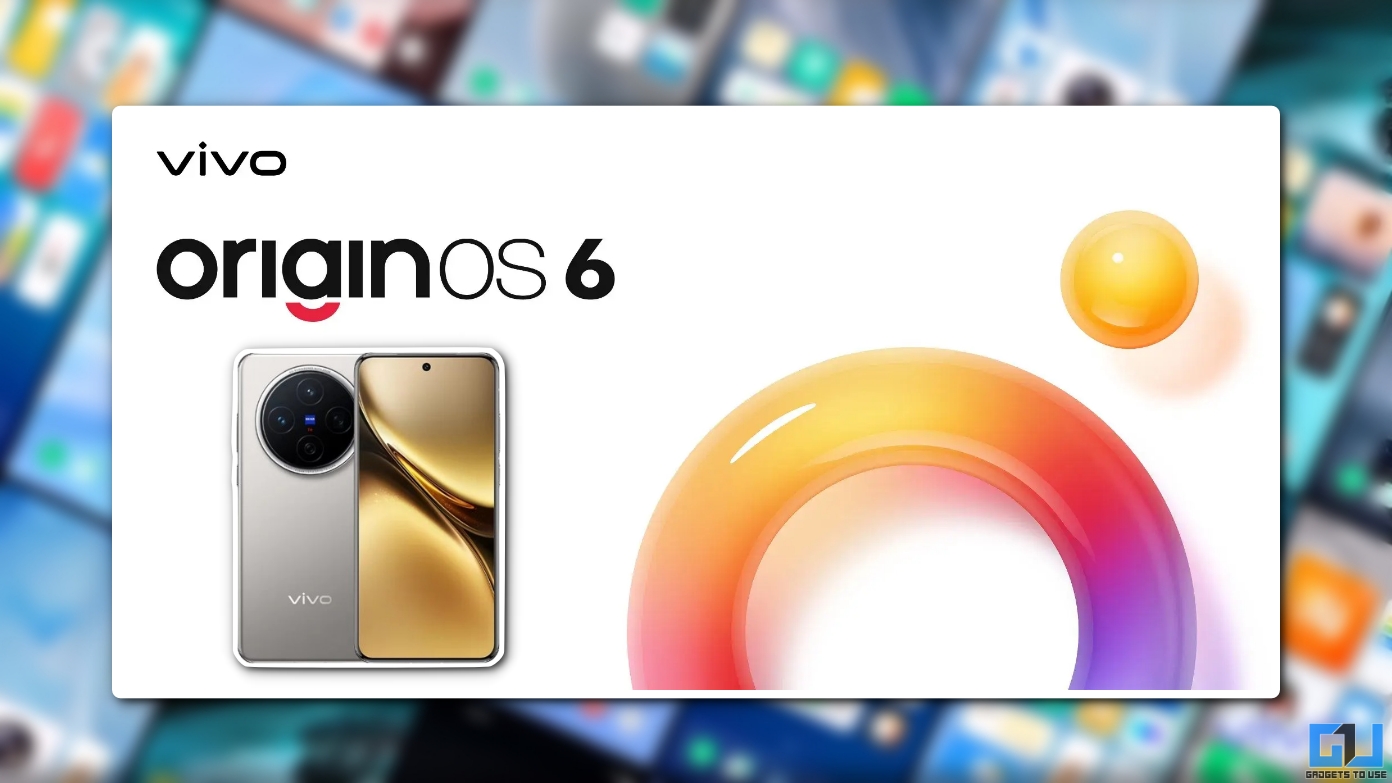Quick Answer
- The smaller architecture massively improves the efficiency of the processor, as the smaller size consumes less power, and data can be processed at a faster speed.
- The shift from 3nm to 2nm translates to a 33% size reduction, where transistors are comparable to the size of an atom.
- This chip is based on TSMC’s 3nm architecture, which gives us an idea of the massive upgrades on its successor, which could feature a 2nm design.
MediaTek has entered the spotlight at Computex 2025 by announcing its first-ever 2nm chip. This milestone is not just a leap in semiconductor technology, but a clear signal of where the company is headed next. The smaller nodes in the 2nm architecture unlock bigger possibilities in performance, efficiency, and most importantly, AI capabilities. From an industry standpoint, it also ignites a new spark of competition towards Apple and Qualcomm. Here’s everything you should know about MediaTek’s 2nm chip wizardry.
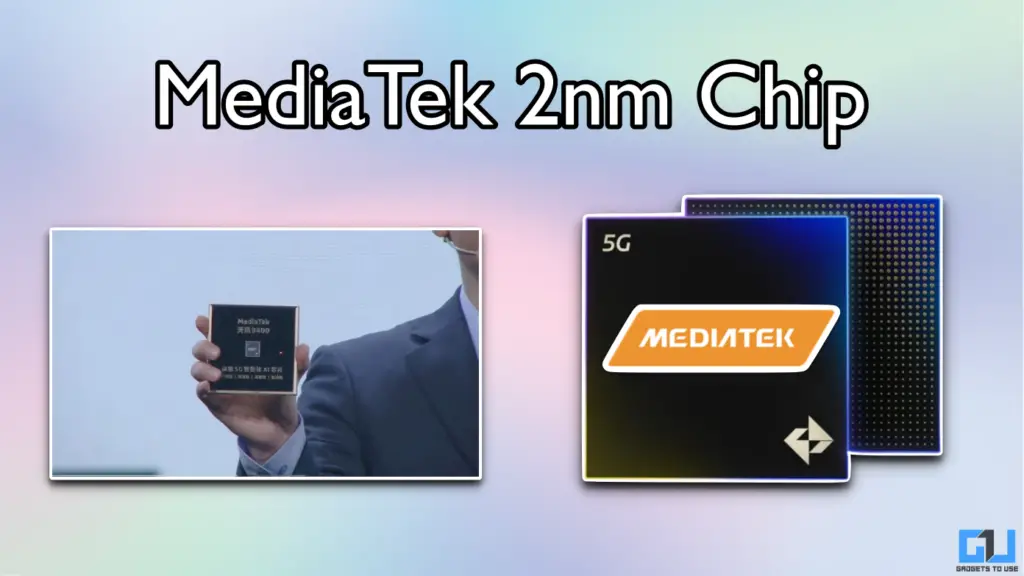
MediaTek 2nm Chip: Specifications, Launch Date
At Computex 2025 in Taiwan, MediaTek CEO Dr Rick Tsai revealed the company’s first 2nm chip. It will be produced and manufactured by TSMC (Taiwan Semiconductor Manufacturing Company), which is currently leading the global 3nm chip production. Rick mentioned that the new 2nm architecture will bring a 15% boost in performance, along with 25% less power consumption.
MediaTek further added that the demand for computational power is rising exponentially. The chipmaker will ensure that its upcoming processors have next-gen capabilities for on-device AI operations. This will help run large language models (LLMs) locally on the device without the need to connect to cloud servers.
However, the company did not reveal any technical specifications of its 2nm processor. Dr Rick Tsai announced that MediaTek’s 2nm chip will be available in September 2025. While he did not confirm the name, there is a high possibility that this new chip could be the upcoming Dimensity 9500.
To recall, the Dimensity 9400+ is currently MediaTek’s top-end flagship smartphone processor. It has the highest CPU performance, extraordinary gaming capabilities with ray-tracing and 120fps gaming support, and the ability to run advanced LLMs like DeepSeek R1, Gemini Nano, and others locally on a smartphone. This chip is based on TSMC’s 3nm architecture, which gives us an idea of the massive upgrades on its successor, which could feature a 2nm design.
Inside the 2nm Challenge: What It Takes to Make Chips Smaller
We have already pushed Moore’s Law to its limit, where the number of transistors in processors doubles every two years. Currently, the 3nm design is the most advanced chip architecture for consumer-grade chips. Apple’s A18 Pro, Qualcomm’s Snapdragon 8 Elite, and MediaTek’s Dimensity 9400+ are also based on the same. The shift from 3nm to 2nm translates to a 33% size reduction, where transistors are comparable to the size of an atom.
While it sounds easy to say, “Just make the chip smaller”, there’s a theoretical limit to it. The 2nm design is as close as we can get to atomic-sized transistors, where it’s virtually impossible to shrink it further. The smaller architecture massively improves the efficiency of the processor, as the smaller size consumes less power, and data can be processed at a faster speed.

Let’s understand this with an example. You are sitting on a table with 10 objects placed on it. The bigger the size of the table, the more time, energy, and resources are required to fetch each item. If you make the table size smaller, you can reach those objects easily. This is how a smaller architecture in processors helps them to improve performance.
However, the technology to produce 2nm chips is very scarce due to its advanced nature. TSMC is still working to improve the yield of its 2nm production, which becomes a challenge for MediaTek to meet its September 2025 release timeline.
That’s not all. MediaTek will also have to negotiate and secure ample production batches from TSMC, as Qualcomm and Apple will also be rushing towards the foundry for their respective flagship chips. But considering that neither of the two has yet to announce plans for a 2nm processor, we can expect MediaTek to lead the segment.
FAQs
Q. Will Dimensity 9500 have 2nm design?
MediaTek has not confirmed whether the upcoming Dimensity flagship processor will be based on 2nm or not. The first 2nm MediaTek chip will launch in September 2025.
Q. How fast is 2nm compared to 3nm?
The new 2nm chips will be 15% faster compared to 3nm chips, as per MediaTek. They will also have improved power efficiency.
You may also like to read:
- Tranform Rough Sketches to Videos with Sound Using AI
- Get 60% Discount on Your New AC Using This Government Scheme
- Check if Your ChatGPT Generated Text Has Hidden Watermark
- Your Phone Cannot Be Hacked By a Whatsapp Image Download: Check Facts
You can also follow us for instant tech news at Google News or for tips and tricks, smartphones & gadgets reviews, join the GadgetsToUse Telegram Group, or subscribe to the GadgetsToUse Youtube Channel for the latest review videos.



